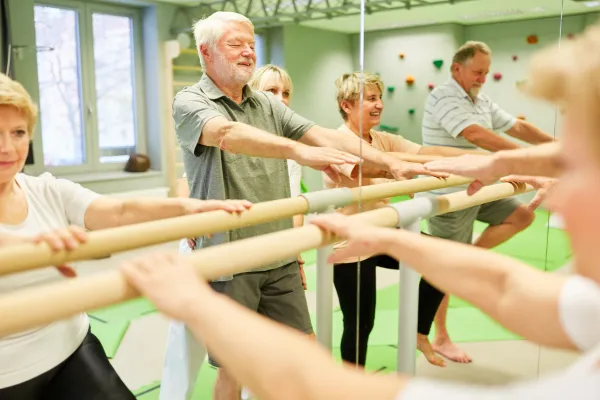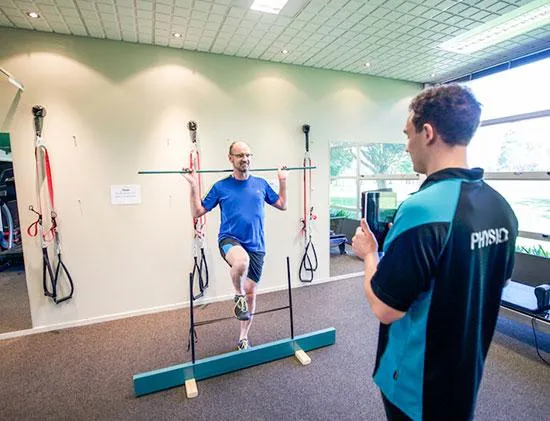
The Importance of Dance-Specific Physiotherapy: How Tailored Treatment Plans Enhance Performance
Dancing is not just an art form; it’s a physically demanding activity that requires strength, flexibility, coordination, and endurance. Whether you're a professional ballet dancer or a recreational performer, the physical toll that dance takes on your body can lead to injuries and affect your overall performance. That’s where dance-specific physiotherapy comes in—by addressing the unique needs of dancers, physiotherapy helps prevent injuries, improve technique, and enhance performance.
Why Dance-Specific Physiotherapy Is Essential
Unlike general physiotherapy, which is designed to treat a wide range of conditions, dance physiotherapy focuses on the specific movements and physical demands required by dancers. Dancers face repetitive motions, stress on their joints, and intense flexibility training that can lead to imbalances in the body. Dance physiotherapy addresses these factors by offering treatments tailored to the specific needs of dancers.
Key benefits of dance-specific physiotherapy include:
Injury Prevention
Dance is demanding on the body, and without the right support, injuries like sprains, strains, and overuse injuries are common. Dance physiotherapy helps identify areas of the body that are at risk of injury by evaluating posture, alignment, and flexibility. With this knowledge, physiotherapists create customized plans that strengthen vulnerable areas, reducing the risk of injury during performances or practice.Improved Flexibility and Strength
Dancers require both flexibility and strength, but too much of one or the other can lead to issues. Dance physiotherapists tailor flexibility exercises to meet the dancer’s specific needs, targeting areas like the hips, hamstrings, and calves, while also providing strengthening exercises for muscles that need extra support, like the core and lower back.Restoring Mobility
When a dancer is recovering from an injury, it’s crucial to regain full mobility in the affected area. Dance-specific physiotherapy targets the specific movement patterns required by dancers, helping them restore full range of motion and flexibility in the joints and muscles used in their dance form.Correcting Postural Imbalances
Dancers are often required to maintain certain postures for long periods, which can cause imbalances or tension in the body. A dance physiotherapist will assess posture and identify areas of weakness or misalignment. By addressing these imbalances early, physiotherapists can help prevent long-term damage and improve overall body alignment, resulting in more efficient and effective movements.Personalized Treatment Plans
Every dancer is different, and that’s why personalized treatment is key. Dance physiotherapists understand the unique demands of various dance styles, whether it's ballet, contemporary, or hip hop. By tailoring exercises, stretches, and treatments to the dancer’s specific needs, physiotherapists ensure that recovery is both effective and efficient, allowing dancers to get back on track as soon as possible.Optimizing Performance
Beyond injury prevention, dance physiotherapy is also about optimizing performance. Physiotherapists can help improve coordination, balance, and movement efficiency through targeted exercises that are specific to the dancer’s style. They may also provide guidance on breath control, muscle activation, and reducing fatigue, all of which contribute to a stronger, more graceful performance.
How It Works: What a Typical Dance Physiotherapy Session Looks Like
A typical session for a dancer will begin with an assessment of posture, flexibility, strength, and overall movement patterns. The physiotherapist will ask about your dancing habits, the types of movements you do regularly, and any pain or discomfort you may be feeling.
From there, they will design a treatment plan that might include:
Strengthening Exercises: Targeting muscles that need extra support to help you perform movements with better form and less risk of injury.
Stretching Routines: Improving flexibility and targeting areas that are often tight or overused.
Manual Therapy: Using techniques like massage or joint mobilization to address pain or stiffness in the body.
Movement Education: Teaching you how to move more efficiently and avoid unnecessary strain on your muscles and joints.
Each session will be tailored to your individual needs and dance style, ensuring you get the most benefit from your treatment.
Why Dance-Specific Physiotherapy Matters for Dancers
Dancing places unique demands on the body, and without proper care, dancers are at risk of both acute and chronic injuries. By seeking out dance-specific physiotherapy, dancers can not only recover from injuries faster but also improve their technique, strength, and flexibility, ensuring they can perform at their best and stay injury-free.
Whether you're preparing for an important performance, working through a recent injury, or simply looking to improve your movement efficiency, dance physiotherapy can help. It’s about supporting you to dance stronger, smarter, and with confidence.
Final Thoughts
Dance is a beautiful form of expression, but it’s also a physical challenge. Dance-specific physiotherapy provides dancers with the tools they need to optimize their performance, prevent injuries, and recover effectively. By addressing the unique needs of dancers, physiotherapists help them stay at the top of their game.
If you’re a dancer looking to enhance your performance or prevent injury, reach out to Muscle People Physiotherapy today. Our experienced team is here to provide personalized care to help you move better, dance stronger, and achieve your goals.



